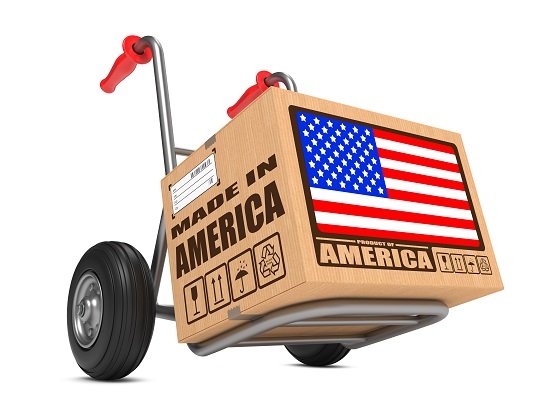
On the one hand, we hear that reshoring is huge, that we’re bringing jobs back home, and that the global economy is being affected by the loss of U.S. business interests abroad.
On the other hand, we hear that companies trying to source manufacturing in the U.S. are discouraged: we’ve lost our capacity for sourcing raw materials, the skills gap is making it nearly impossible to fill skilled manufacturing jobs in the U.S., and the supposed reshoring is a sham.
So what’s the truth?
The total number of manufacturing jobs in the U.S. has shown “little change this year,” according to the government Bureau of Labor Statistics. There have been increases and decreases, but for the whole country over the past 9 months, we’re just seeing variations around the mean.
This doesn’t actually mean that manufacturing isn’t returning to our shores. As manufacturing becomes more advanced and more automated, fewer operators are needed. Unskilled workers are likely to lose their jobs even as more jobs are available for skilled operators and engineers.
The Reshoring Initiative tracks jobs sent overseas and jobs brought back to the U.S., and their conclusion is that more jobs are returning than are leaving. But many companies building or upgrading facilities in the U.S. are taking the opportunity to switch from old-style manufacturing with lots of people to new-style manufacturing, so it isn’t as simple as shutting a 500-worker factory in China and opening a 500-worker factory in the U.S. Using fewer human workers is one of the ways that companies can afford reshoring.
One academic study undertaken last October found conflicting information, but much of it hinged on the definition of “reshoring.” The academicians found that many companies were planning to bring their production back to the U.S. but hadn’t yet done so. They also found that new factories being built in the U.S. didn’t always mean that the overseas facilities were shut down.
It’s tempting to think that the academics just don’t get the sometimes glacial pace of a big job like moving factories in big companies. It takes time to build new factories and it takes time to shut down old ones. One company we know has taken more than a year to shift production from one U.S. state to another. Shifting production from one country to another, and often from one continent to another, isn’t accomplished in weeks.
The study also relied on published reports of reshoring. While some companies will send out a press release when they open a new factory, it’s not universal. When they shut down a factory and put people out of work, most companies would rather not make an issue of it, and overseas factories are not usually featured in corporate communications with the American press.
In 2010, many years after the decline of manufacturing began in the U.S., China surpassed the U.S. as the top manufacturer in the world. Since then, American manufacturing as an industry has expanded steadily, but each company continues to make its own sourcing decisions on the basis of many different factors, and reshoring is a trend, not a revolution.
It’s also part of many changes in manufacturing which are going on at the same time. So is America reshoring? Yes… but it’s complicated.
